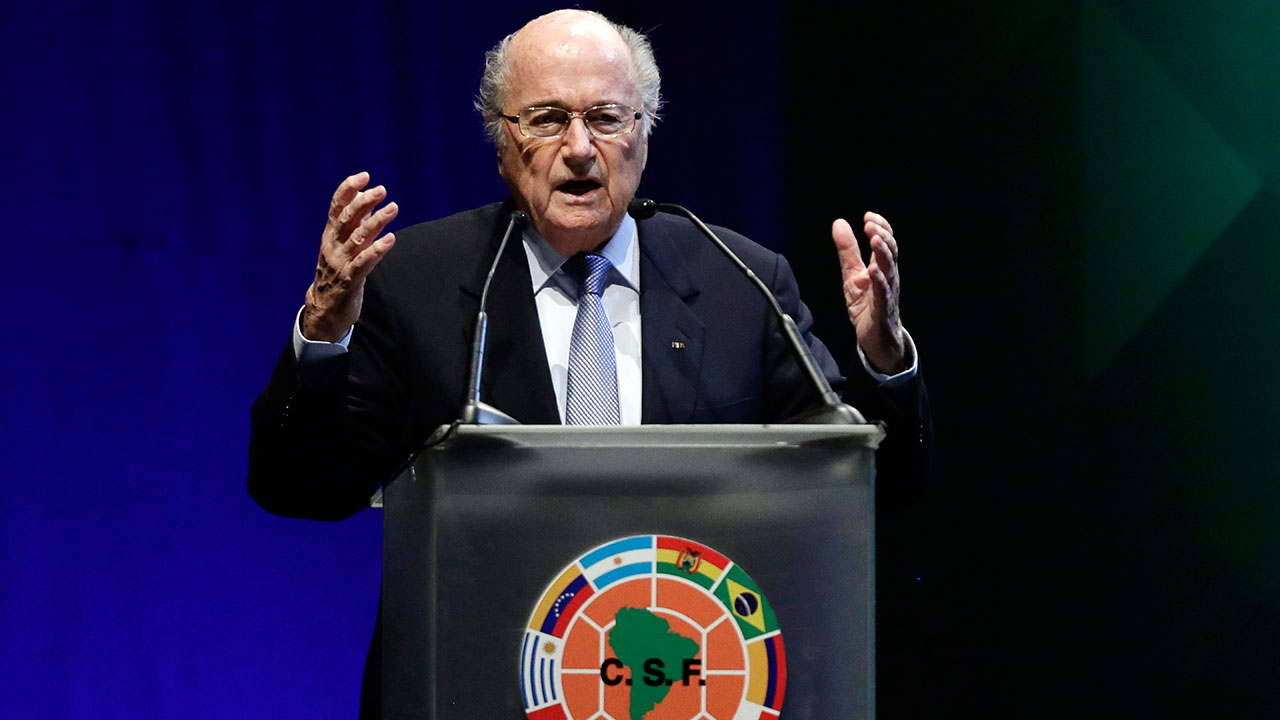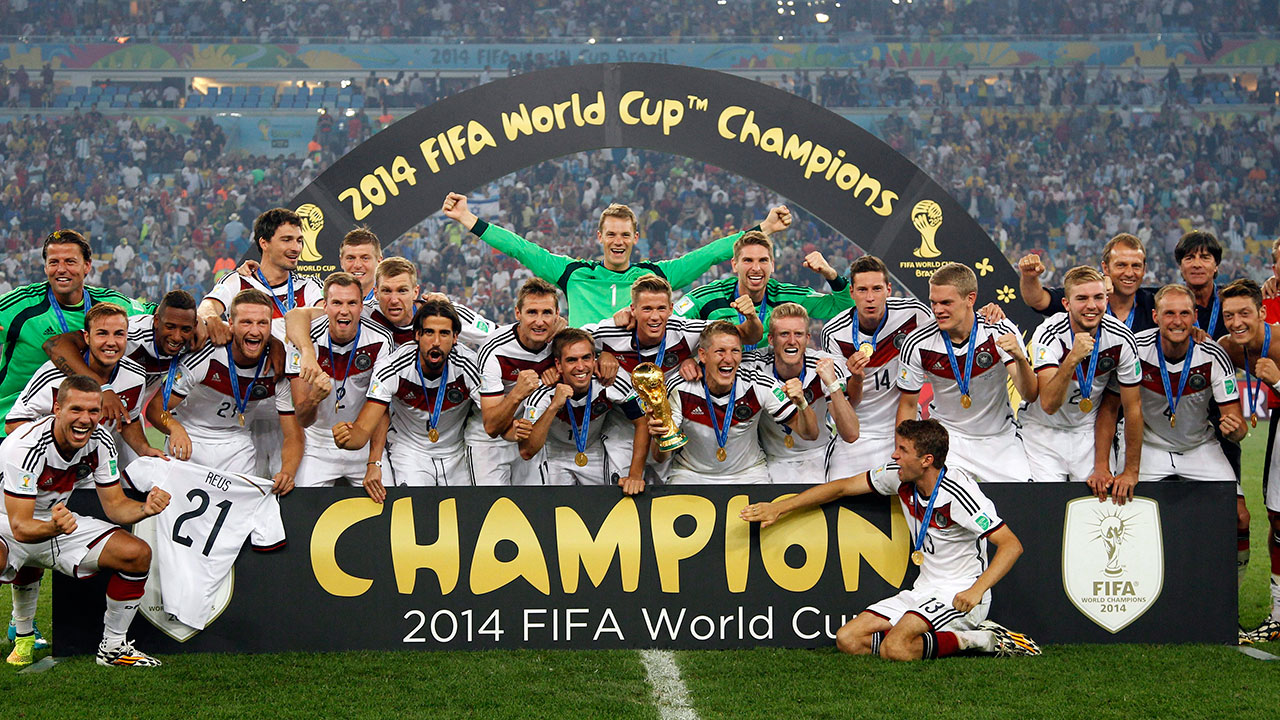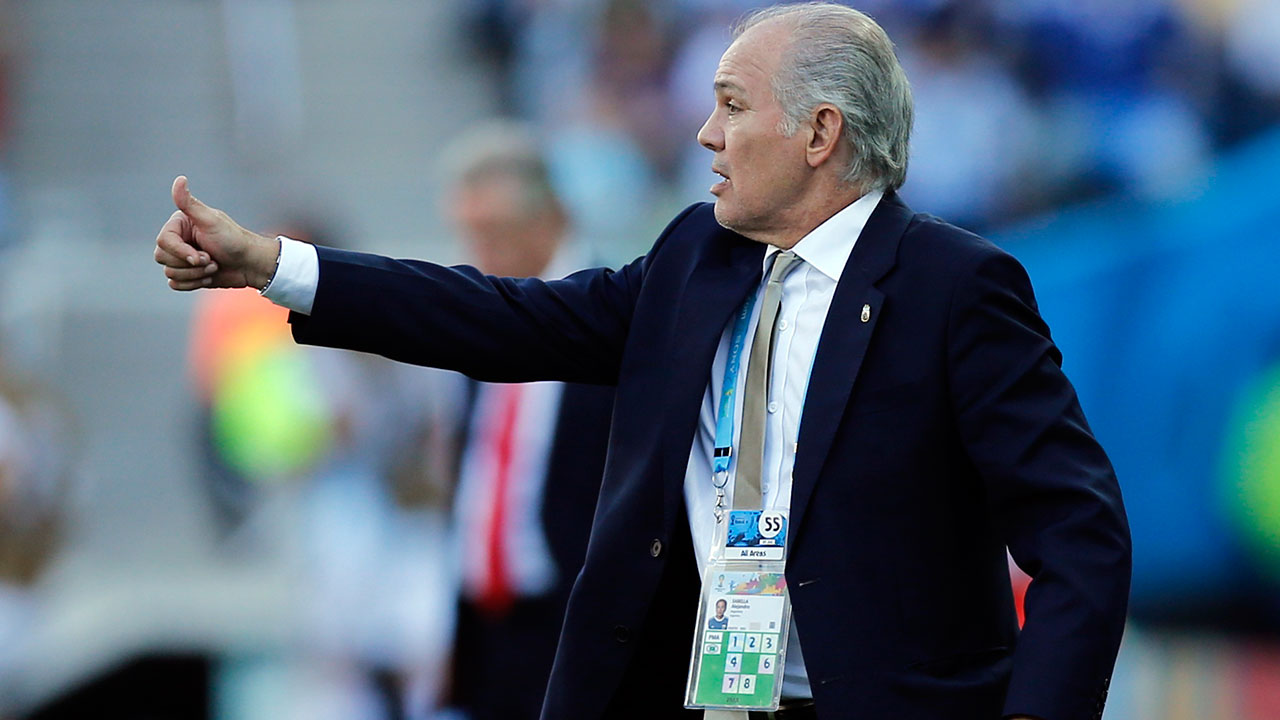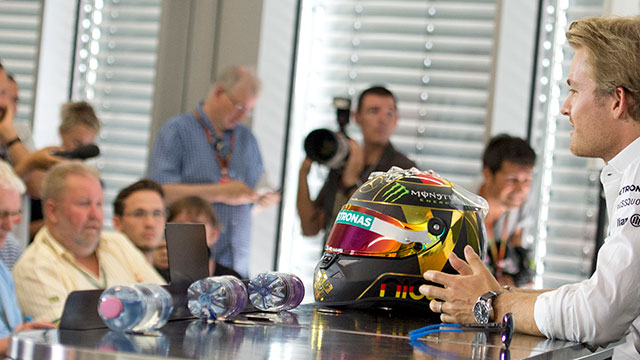It stands 36.8 centimetres high, weighs 6.1 kilograms, is made of solid, 18-carat gold — and it’s one of the most sought-after prizes in all of sports.
It’s the FIFA World Cup Trophy.
First awarded in 1930 at the inaugural World Cup in Uruguay, the trophy has been on a wild ride in the 84 years since, travelling the world many times over and visiting almost every country on the planet.
It’s important to know that the current World Cup trophy is the second incarnation of soccer’s greatest prize.
2014 FIFA World Cup: Sportsnet.ca is your home for in-depth coverage of the FIFA World Cup in Brazil. TV viewers can watch all 64 games on CBC and Sportsnet from June 12 to July 13. Be sure to watch Connected every night on Sportsnet for all of the latest news and analysis. And check out Sportsnet magazine’s team profiles of all 32 nations.
The original statuette, named Victory, stood 35 centimetres tall and weighed 3.8 kilograms. The octagonal cup, held by a winged figure representing Nike — the ancient Greek goddess of victory — was the creation of French sculptor Abel Lafleur.
The trophy was first won by Uruguay after it defeated Argentina 4-2 in the 1930 World Cup final. After the match, then-FIFA president Jules Rimet presented the trophy to Uruguayan captain Jose Nazassi, setting off celebrations in Montevideo that lasted several days.
In 1946, the cup was renamed the Jules Rimet Trophy in honour of the FIFA president and awarded to Uruguay a second time in 1950 after the South American powerhouse won the World Cup in Brazil. According to FIFA, Dr. Ottorino Barassi, the Italian vice-president of FIFA, hid the trophy in a shoebox under his bed throughout the Second World War so it would not fall into the hands of the Nazis.
But Barassi couldn’t prevent it from being stolen in 1966.
Months before the tournament kicked off in England, the trophy was stolen while on display at a public exhibition in London. Panic quickly set in as FIFA prepared to stage the World Cup without the trophy and a nationwide hunt for the statuette was launched.
Seven days after the theft, a dog named Pickles was out for a walk with his owner in south London when he walked up to some bushes to — ahem — “take care of business.” Incredibly, wrapped in some newspapers in the bottom of the bushes was the trophy.
Jules Rimet Trophy became the permanent possession of Brazil following the 1970 tournament — FIFA guidelines stipulated that a country kept the trophy in perpetuity once it won a third World Cup. Sadly, the Jules Rimet Trophy was stolen in 1983 when it was taken from a display at the Brazilian Football Confederation headquarters in Rio. It was never recovered.
The 1974 tournament in West Germany marked a new era in World Cup history as a new trophy, simply called the FIFA World Cup Trophy, was introduced, depicting two human figures holding up the Earth.
Designed by Italian sculptor Silvio Gazzaniga, the current trophy features a base containing two layers of semi-precious malachite while the bottom side bears the engraved year and name of each World Cup winner since 1974.
“The lines spring out from the base, rising in spirals, stretching out to receive the world,” Gazzaniga said of his work. “From the remarkable dynamic tensions of the compact body of the sculpture rise the figures of two athletes at the stirring moment of victory.”
Unlike its predecessor, the current World Cup Trophy cannot be won outright: the winners of the tournament receive it on loan for four years and must return it before the next World Cup. The winners receive a replica to keep.










